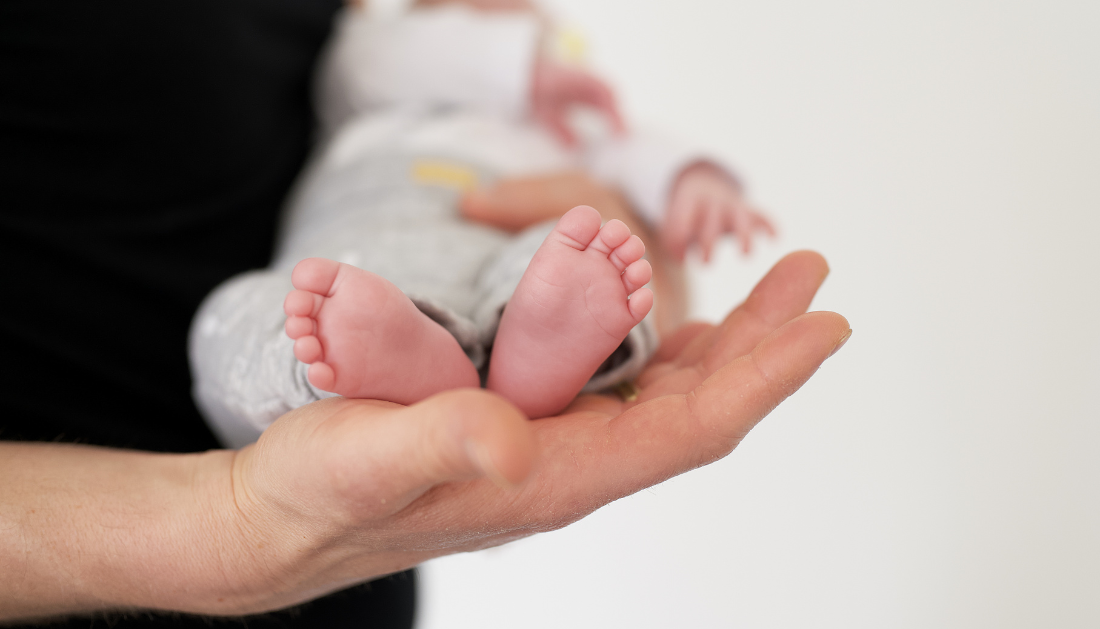

According to recent research done by University of Sydney experts, giving very preterm babies high concentrations of oxygen soon after birth may reduce their chance of death by 50% compared to lower amounts of oxygen. Premature baby care requires breathing assistance due to incomplete lung development at birth. Using a breathing mask or breathing tube, doctors may provide additional oxygen to babies to aid them during this procedure.
The study looked at clinical trial data and outcomes of more than a thousand premature neonates who received varying oxygen concentrations; it was published in JAMA Pediatrics. These included low (~30%), intermediate (~50–65%), and high (~90%) oxygen concentrations.
The study discovered that initiating resuscitation with high concentrations of oxygen (90 percent or above) could boost the chances of survival for babies born preterm, at less than 32 weeks (less than three quarters of the way through a full pregnancy), compared to low levels (21 to 30 percent).
By contrast, the oxygen content of “room air,” or the air humans breathe, is just approximately 21%.
A gadget controls the amount of oxygen combined to the appropriate concentration when a doctor gives it to babies who are having trouble breathing. Higher starting oxygen concentrations, according to the researchers, may stimulate independent breathing; however, further investigation is needed to determine the underlying mechanism underlying this impact.
The researchers stress that even when starting with high oxygen levels, it needs to be immediately lowered to lower levels to avoid hyperoxia (oxygen poisoning), and that further extensive studies will be necessary to validate this conclusion.
It’s crucial how oxygen is given to a newborn during the first ten minutes of life. Initially, doctors may give the newborn high oxygen levels; however, they will continuously evaluate the baby’s vital signs and modify the oxygen dosage to prevent overexposure or underexposure.
The results, if validated by more research, contradict the existing international guidelines, which advocate for providing preterm infants with room air (21–30 percent oxygen), which is the same quantity as oxygen given to babies born at term.
This research also suggests that there might not be a one-size-fits-all solution and that the demands of prematurely born and term newborns can differ.
Every year, more than 13 million babies are born prematurely worldwide, and about 1 million of them pass away soon after.
“Ensuring very premature infants get the right treatment from the beginning sets them up to lead healthy lives. There is no better time to intervene than immediately after birth.”- Dr. James Sotiropoulos, University of Sydney
“The goal is to find the right balance – how do we give enough oxygen to prevent death and disability, but not damage vital organs.”
“Whilst promising and potentially practice-changing, these findings will need to be confirmed in future larger studies.”
In the past, all newborn babies were given 100% concentration oxygen to revive them. However, studies showing that prolonged exposure to high oxygen concentrations might cause hyperoxia and consequent organ damage led to modifications in worldwide treatment guidelines for blended oxygen (beginning with low oxygen) for preterm newborns in 2010.
The shift, according to researchers, was mostly motivated by data for full-term babies, who have developed lungs and are frequently healthier than premature babies.
As of right now, there isn’t much solid data to support recommended practices for premature babies.
The results, the researchers stress, should not be used to downplay the risks associated with hyperoxia.
“The debate around exactly how much oxygen is best for extremely premature babies is still ongoing but, ultimately, everyone has the same shared goal of determining the best treatment for newborns,” said Dr Anna Lene Seidler from the NHMRC Clinical Trials Centre.
“Our findings, together with all the other research that is currently happening, may help the most vulnerable preterm infants have the best chance of survival.”
“We are very lucky to work with a highly collaborative international group on this question, some of whom have been studying it for decades. The group’s diverse expertise and experience is a major strength of this work,” said Dr Sotiropoulos.
For more information: Initial Oxygen Concentration for the Resuscitation of Infants Born at Less Than 32 Weeks’ Gestation: A Systematic Review and Individual Participant Data Network Meta-Analysis, JAMA Pediatrics, https://doi.org/10.1001/jamapediatrics.2024.1848
more recommended stories
 36-Week Pre-eclampsia Screening May Reduce Term Risk
36-Week Pre-eclampsia Screening May Reduce Term RiskA New Preventive Strategy for Term.
 Cardiovascular Risk and Sudden Cardiac Death in Diabetes
Cardiovascular Risk and Sudden Cardiac Death in DiabetesRising Sudden Cardiac Death (SCD) Risk.
 Poor Kidney Function and Alzheimer’s Biomarkers Explained
Poor Kidney Function and Alzheimer’s Biomarkers ExplainedPoor kidney function may influence levels.
 Walking Speed Before Hip Replacement Predicts Recovery
Walking Speed Before Hip Replacement Predicts RecoveryNew Evidence Points to a Simple,.
 Neuroblastoma Drug Combo Extends Survival in Models
Neuroblastoma Drug Combo Extends Survival in ModelsA Promising Shift in High-Risk Neuroblastoma.
 How Soybean Oil Impacts Weight Gain and Metabolism
How Soybean Oil Impacts Weight Gain and MetabolismWhy Soybean Oil May Affect Metabolism.
 Coffee and Cognitive Function: Evidence Review
Coffee and Cognitive Function: Evidence ReviewA new narrative review in Cureus.
 Colorectal Cancer Screening Rates Low in Adults 45–49
Colorectal Cancer Screening Rates Low in Adults 45–49Recent UCLA research reveals that colorectal.
 Gut Immune Cells and Long-Lasting Antiviral Protection.
Gut Immune Cells and Long-Lasting Antiviral Protection.Breakthrough Findings on How Gut Immune.
 Mild Pancreatic Duct Dilatation Signals Higher Cancer Risk
Mild Pancreatic Duct Dilatation Signals Higher Cancer RiskEarly Structural Changes Offer Critical Clues.

Leave a Comment